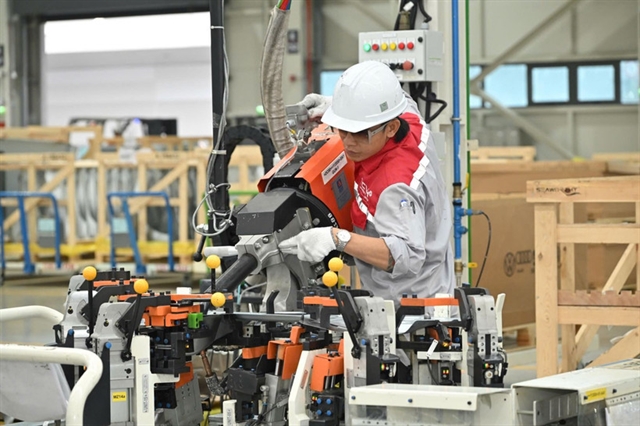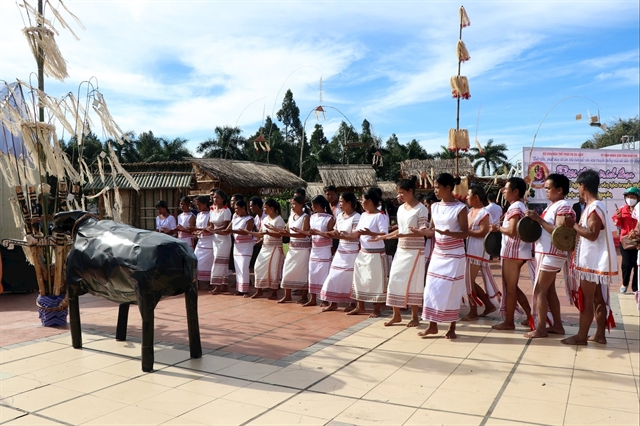 Life & Style
Life & Style

The end of the year is a busy time for the blacksmiths of
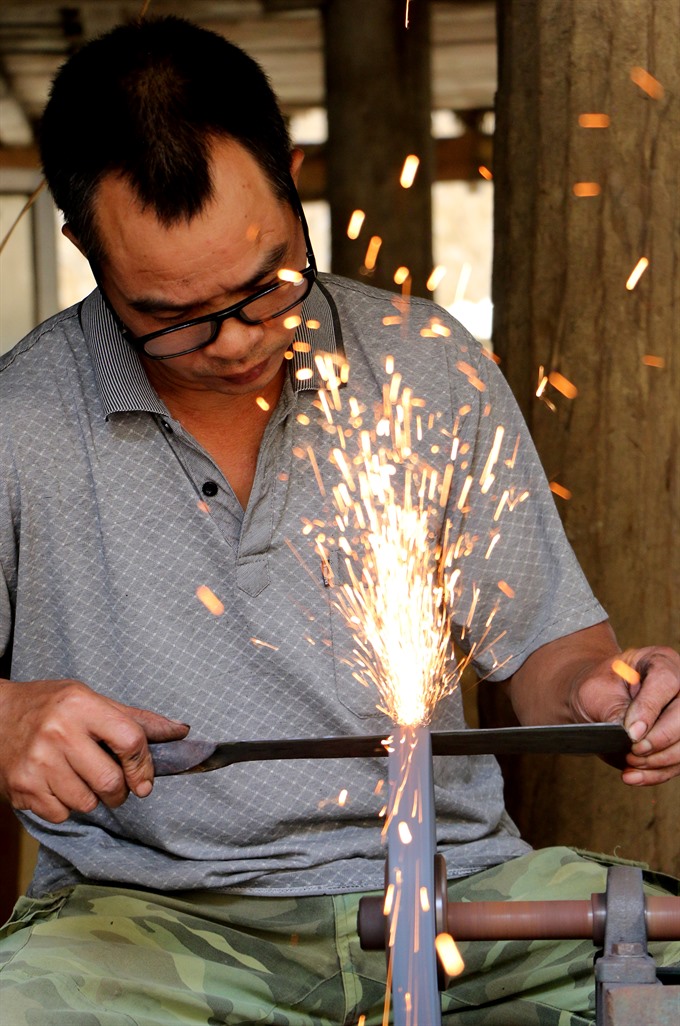 |
| Pointy: A blacksmith sharpens one of his knives before putting them up for sale. |
The end of the year is a busy time for the blacksmiths of
 |
| Detailed: Workers finish a batch of knives. Knives are among the most popular products made by the village’s blacksmiths. |
 |
| Take it home: The village’s products are popular souvenirs among tourists and visitors to the region. |
The majority of the locals are of Tày and Nùng ethnicity, two of the country’s 54 ethnic groups with a population of nearly 2.7 million. Blacksmithing has been passed down from generation to generation among local households. Seasoned blacksmiths, in the absence of technologically advanced tools, draw from their decades of experience and strictly follow their ancient techniques to produce some of the finest products that can be found on the market.
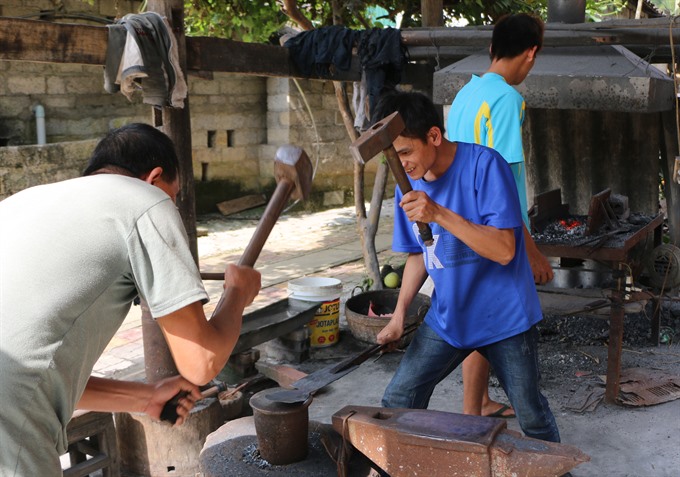 |
| Bang bang: Workers hammer a hoe blade at the anvil. |
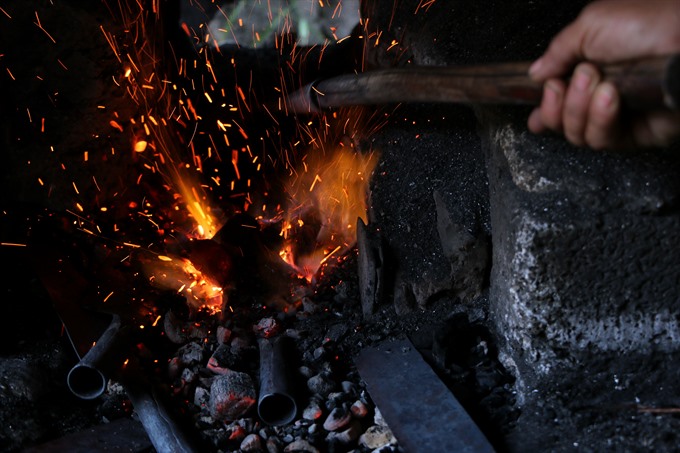 |
| Blazing: A blacksmith works with a coal forge. — VNA/VNS Photos Đoàn Tùng |
Many villagers believe the trade is a gift from their ancestors. Not only the main source of income for the village, blacksmithing is a way to honour and preserve their cultural identity and heritage. — VNS

